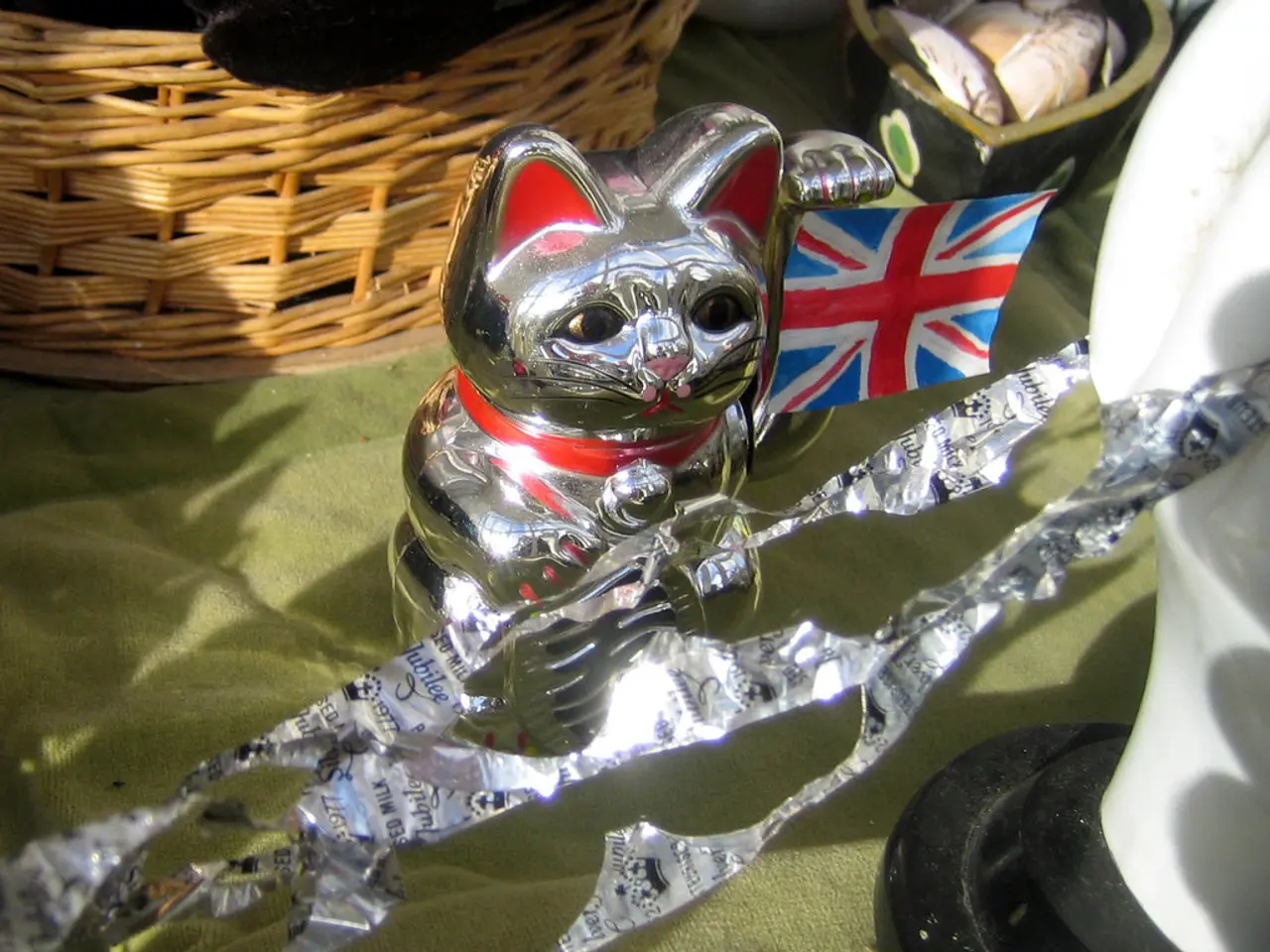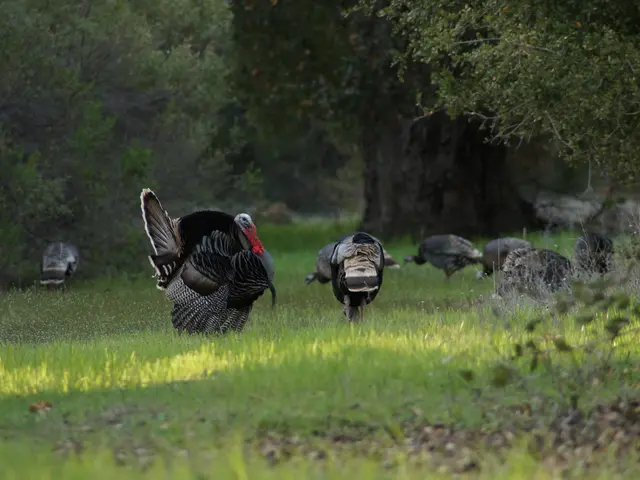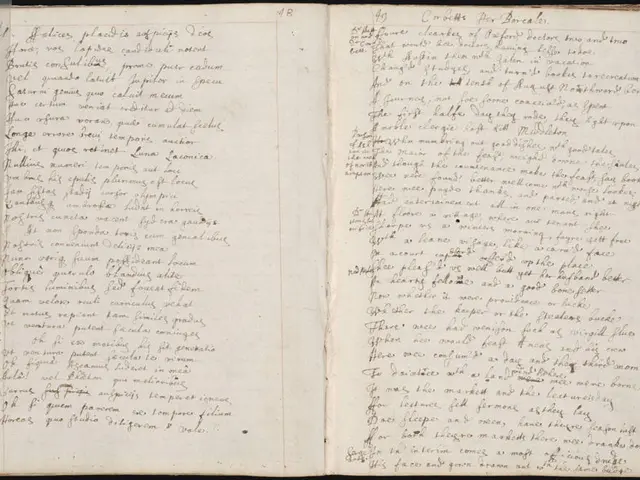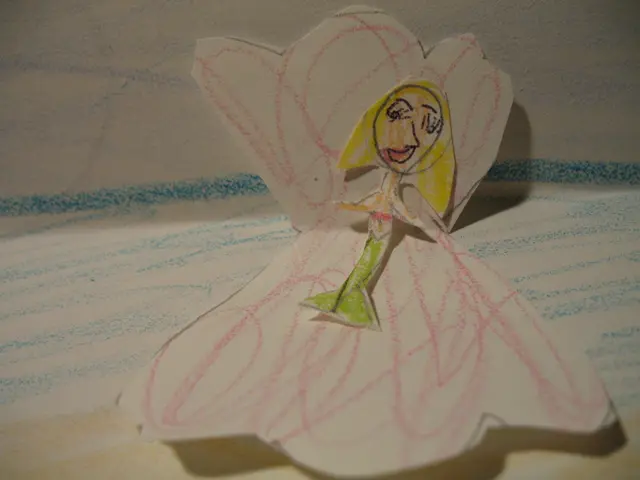DIY Sensory Bins for Preschoolers: Cost-Effective Learning Experiences Through Creative Play
Sensory play is more than just a fun activity for preschoolers; it supports crucial skills such as physical development, cognitive development, language and social development, and emotional development. By offering hands-on, engaging, and educational play, sensory bins have become a popular choice for early childhood educators and parents alike.
Sensory bins are containers filled with materials and objects specifically chosen to stimulate a child's senses. These bins can be customized to use safe, non-toxic, and washable materials appropriate for preschoolers. Using tools like tweezers, scoops, and brushes promotes fine motor skill development, while themed sensory bins add educational or seasonal relevance to playtime.
One such example is the Rice Bin Exploration, where a bin is filled with rice, beans, or pasta, and small toys or objects are hidden for preschoolers to find and explore tactilely. This basic sensory bin encourages digging and discovery. For a festive twist, consider creating a Fourth of July Patriotic Bin using shredded brown paper filler and red, white, and blue glitter stars, pom-poms, and mini American flags.
Another engaging sensory bin is the Sand Beach Scene, which creates a mini beach or desert landscape with sand, seashells, rocks, and small toys. Adding tools like shovels and sifters enhances sensory and motor development. For an ocean-themed twist, include a water bin with soapy bubbles for kids to clean seashells using toy brushes and shovels.
Nature exploration sensory bins, like those containing leaves, pinecones, acorns, and smooth stones, along with magnifying glasses and tweezers, promote nature appreciation and classification skills. Sensory bins can also be used to introduce early math concepts, such as the Primary Colors Sensory Bin, where dried garbanzo beans dyed in bright primary colors (red, yellow, and blue) are used, encouraging color recognition alongside sensory play.
Incorporating themed sensory bins, like the Community Helper Theme, which includes miniature community helper figures, tools, and themed objects (like fire trucks, medical kits, or construction hats), can combine sensory exploration with imaginative role play. The Ocean Treasure Hunt, filled with kinetic sand or shredded paper, hide shells or sea glass, and provides tools like toy shovels and sifters, offers a tactile, visual, and fine motor activity.
To ensure safety, always supervise young children during play, choosing materials appropriate for the child's age and development, avoiding choking hazards, using food-safe materials, considering allergies, storing sensory bins out of reach when not in use, and ensuring that the container has a lid. Mess-minimizing strategies, such as using a splash mat, tablecloth, or old sheet under the bin, establishing clear rules about keeping materials in the bin, and having cleaning supplies nearby, can help maintain a clean and organised play area.
In conclusion, sensory bins offer a fun, engaging, and educational play experience for preschoolers. By customising them around holidays, seasons, and children’s interests, sensory bins can be a versatile and effective tool in early childhood education and playtime.
- Incorporating the Primary Colors Sensory Bin can introduce early math concepts for children, as it encourages color recognition while providing a sensory play experience.
- Sensory bins can extend beyond just play, as they can also help promote parenting skills through imaginative role play, such as the Community Helper Theme that involves miniature community helper figures and tools.
- For a well-rounded approach to education and self-development, consider using themed sensory bins that focus on health-and-wellness and lifestyle, such as the mini beach or desert landscape-themed Sand Beach Scene, which promotes motor skill development while also supporting the cognitive development related to exploration and discovery.




